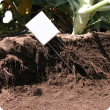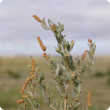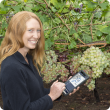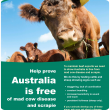Filter by regions:
- (-) Remove Perth regions filter Perth regions
- South West (749) Apply South West filter
- Peel (724) Apply Peel filter
- Great Southern (701) Apply Great Southern filter
- Mid West (607) Apply Mid West filter
- Wheatbelt (572) Apply Wheatbelt filter
- Goldfields-Esperance (519) Apply Goldfields-Esperance filter
- Gascoyne (433) Apply Gascoyne filter
- Kimberley (369) Apply Kimberley filter
- Pilbara (359) Apply Pilbara filter










